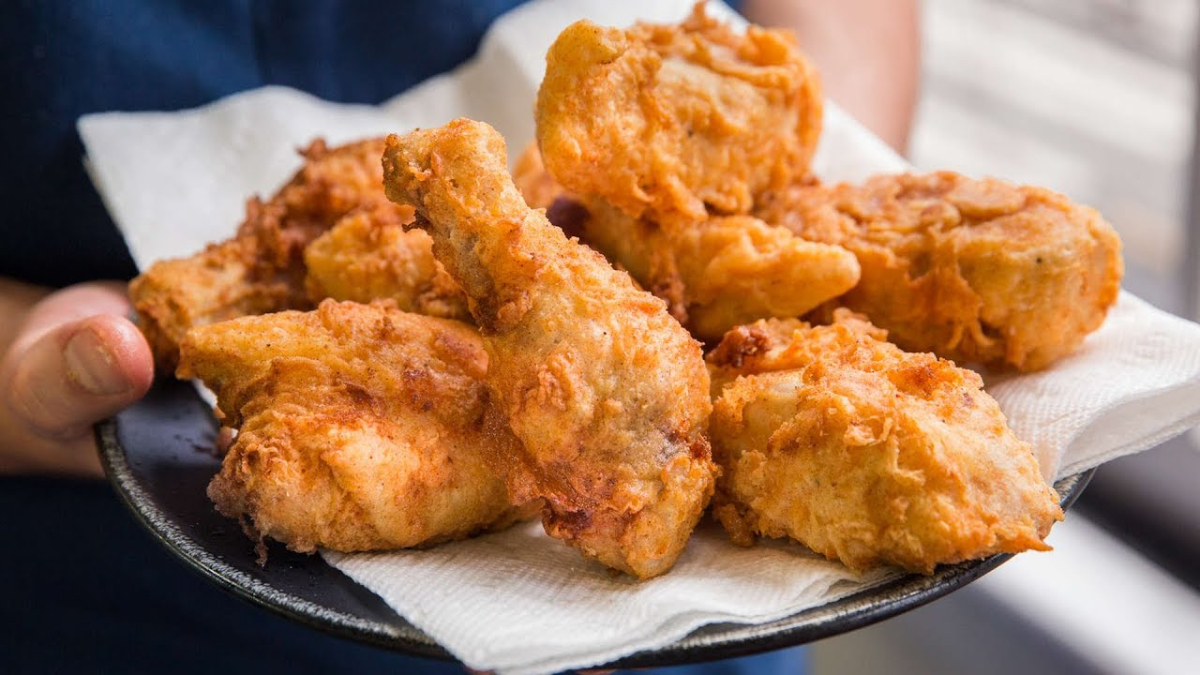
Advertisement
Frying is a popular cooking method that imparts a delicious crispy exterior to a variety of foods. When it comes to chicken, the question often arises: Can you fry raw chicken? In this article, we will explore the considerations and techniques associated with frying raw chicken to help you achieve that perfect golden-brown crust while ensuring the meat is thoroughly cooked.
Understanding the Basics:
- Safety First: One of the primary concerns when frying raw chicken is ensuring that it reaches a safe internal temperature. The USDA recommends cooking chicken to an internal temperature of at least 165°F (74°C) to eliminate any harmful bacteria and pathogens.
- Proper Preparation: Before frying raw chicken, it’s essential to properly prepare the meat. Thoroughly wash and pat dry the chicken pieces to remove excess moisture, as this can cause splattering when introduced to hot oil.
- Coating for Crispiness: To achieve that desirable crispy texture, coat the raw chicken in a seasoned flour or batter. This not only adds flavor but also helps create a barrier that seals in moisture while providing the crunch that is characteristic of well-fried chicken.
The Deep Frying Method:
- Heat Management: When deep frying raw chicken, maintaining the right oil temperature is crucial. The oil should be heated to around 350-375°F (177-190°C). Use a deep fryer or a deep, heavy pot with enough oil to fully submerge the chicken pieces.
- Frying Time: The cooking time will vary depending on the size and thickness of the chicken pieces. On average, boneless, skinless chicken breasts may take 8-12 minutes, while smaller pieces like wings and drumettes may be ready in 10-15 minutes. Always check for an internal temperature of 165°F (74°C).
The Pan Frying Method:
- Moderate Heat: When pan-frying raw chicken, use a skillet with enough oil to cover the bottom. Heat the oil over medium to medium-high heat. Pan frying requires constant attention to prevent burning and ensure even cooking.
- Flip and Monitor: Flip the chicken pieces halfway through the cooking process to achieve an even golden-brown color. Keep a close eye on the chicken to avoid overcooking or undercooking.
Considerations:
- Oil Absorption: Frying raw chicken can result in oil absorption. While this contributes to the crispy texture, it’s important to be mindful of excessive oil consumption. Drain excess oil on paper towels after frying.
- Experimenting with Flavor: Enhance the flavor of fried chicken by experimenting with different seasonings, herbs, and spices in the coating or marinade. This allows you to customize the dish to your taste preferences.
Conclusion:
Frying raw chicken is not only possible but can also yield a delicious and crispy result when done correctly. By paying attention to safety guidelines, proper preparation, and cooking techniques, you can enjoy the mouthwatering satisfaction of perfectly fried chicken that is both tender on the inside and crispy on the outside. Whether deep frying or pan frying, mastering the art of frying raw chicken opens up a world of culinary possibilities.
